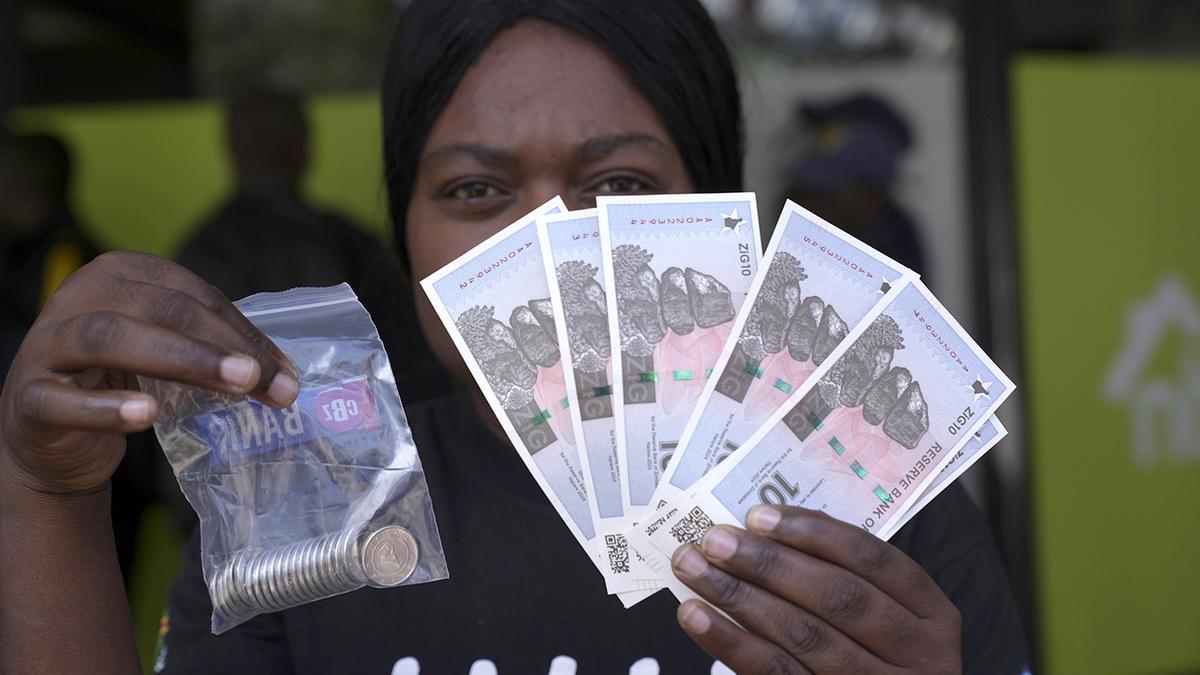
Zimbabwe’s gold-backed currency — ZiG | All you need to know
The Hindu
Zimbabwe's new currency, the ZiG, faces public mistrust and black market devaluation despite government efforts.
The introduction of the world's newest currency in April inspired a reggae artist to record a song praising the ZiG, or Zimbabwe Gold.
The catchy tune, titled “Zig Mari,” received generous play on state television and radio. The musician, Ras Caleb, received a car and $2,000 — ironically paid in greenbacks, not the new ZiGs — from a businessman with close ties to Zimbabwe's ruling party and President Emmerson Mnangagwa; he said he wanted to reward an act he considered “patriotic.”
Although money typically doesn't require publicity, Zimbabwe's sixth national currency in 15 years needs all the help it can get.
Desperate to halt a money crisis underlining the country's economic troubles, the government launched the gold-backed ZiG, the latest attempt to replace the Zimbabwe dollar, which had been battered by depreciation and often outright rejection by people unwilling to put their faith in it.
Senior officials from the Reserve Bank of Zimbabwe and the ruling ZANU-PF party embarked on a flurry of public rallies and meetings to encourage the sceptical population to now embrace the ZiG ahead of the U.S. dollar — also legal tender in the southern African nation. Commercial jingles heralding the currency flooded the airwaves along with Caleb's single.
Yet despite the charm offensive, the ZiG is facing a familiar problem: public mistrust and structural barriers that have people still clamouring for U.S. dollars. Although the ZiG has largely held its value on the official market, it has tumbled on the black market, where $1 can be exchanged for up to 17 ZiGs.
Authorities are also using force to prop up the new banknotes. They have packed jail cells with dozens of street currency dealers, and frozen the accounts of businesses accused of undermining the ZiG.











